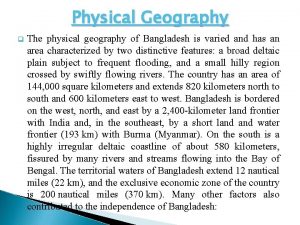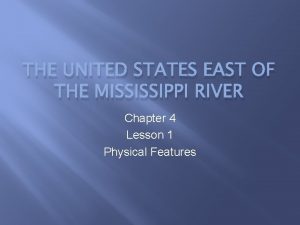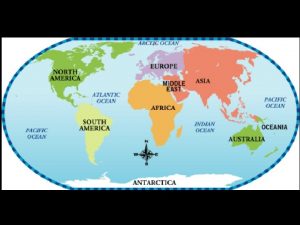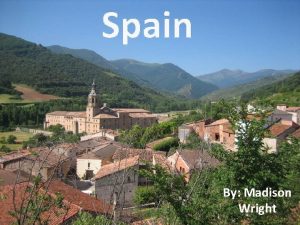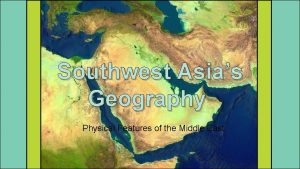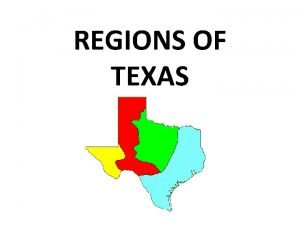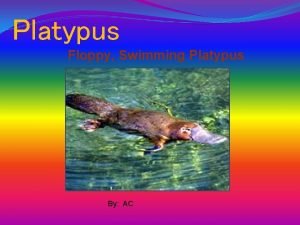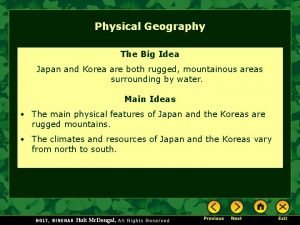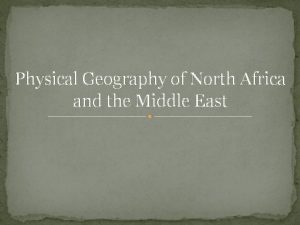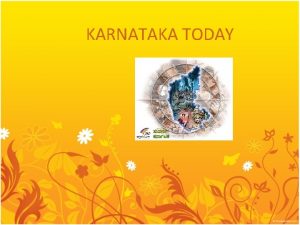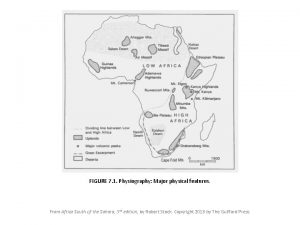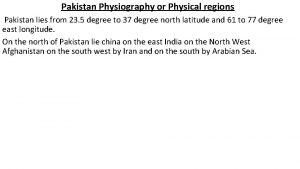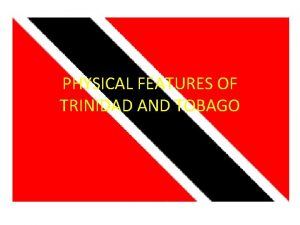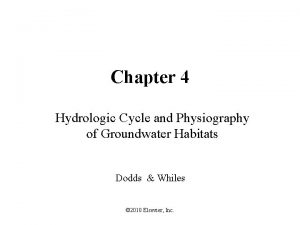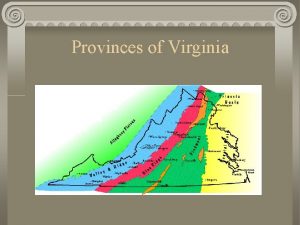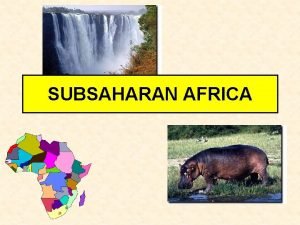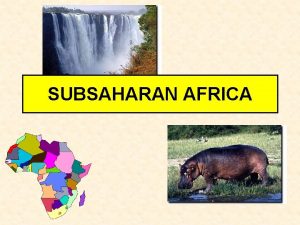Physical Features of Karnataka Karnataka Location Physiography Karnataka

















- Slides: 17

Physical Features of Karnataka

Karnataka : Location & Physiography ü Karnataka state is a part of peninsular India. ü Karnataka’s southern part consists of an undulating topography whereas the northern part is a vast plain. ü The land slopes slightly towards the east & steeply towards west. ü Physiographically the State may be divided into four distinct regions: § The Coastal Plains § The Malnad Region § The Northern Maidan § The Southern Maidan


The Coastal Plain ü This region extends between the Western Ghats edge & the Arabian Sea. ü It extends for 320 km from north to south in Karnataka & 13 to 32 km wide in the north & 50 to 65 km wide in south. ü Many fast flowing rivers cut through the coastal areas & form estuaries. ü New Mangalore, Bhatkala, Malpe, karwar, Kumta, Belekere & Honnavara are important ports. ü Panambur, Ullal & Someshwara are some important beaches. ü The region receives very heavy and assured rainfall, which exceeds 2, 500 mm.

Cashew nut Areca nut Cardamom Paddy

The Malnad Región ü Malnad Region or the ‘Sahyadris’ runs parallel to the coastline from north to south. ü Total length is 650 kms & total width is 50 -75 kms. Its height ranges from 900 to 1500 meters from sea level. ü The rivers create many valleys & gorges. ü Steep slope in the west & gentle slope in the east. ü The malnad region receives more than 200 cms rainfall annually. ü Malnad region is a protected ‘Bio-diversity zone’.

Coffee Plantation Chikamagalur Rubber Plantation Kodagu Tea Plantation Chikamagalur Orange Plantation Kodagu

Shiradi Ghat Hassan - Mangalore Charmadi Ghat Mangalore - Chikmagalur Agumbe Ghat Shimoga - Udupi Hulikal Ghat Shimoga - Kundapur

Jog Falls

Mullaiyangiri Rudragiri Kudremukh Pushpagiri

The Northern Maidan Región ü The Northern Maidan region is a vast plain land with black soil & is an extensive plateau. ü It is around 365 to 610 meters above sea level. ü It has rugged landforms with limestone at some places. ü This region is situated in the rain shadow region. The rainfall ranges from 350 to 900 mm. ü The Krishna, the Bhima and the Tungabhadra river systems drain the area. ü This region is also called ‘The Land of Sunshine’.

Cotton Jowar Groundnut Grapes

Gokak Falls

The Southern Maidan Región ü The Northern Maidan region extends from the Tungabhadra river basin in the north to Chamarajanagar district in the south. ü The red soil with varying shades with not so fertility predominates here. ü This area is made up of hard crystalline igenous rocks. ü This is also a rain shadow region like Northern Maidan and receives a rainfall of 500 to 750 mm & the amount decreases from west to east. ü The Tungabhadra, the Cauvery, the Pennar and the Palar river systems drain this region.

Madhugiri

Ragi Sugarcane Floriculture Mulberry

Thank You for listening
 Physical geography of bangladesh
Physical geography of bangladesh Relief and physiography
Relief and physiography A cross country skier moves from location a
A cross country skier moves from location a Location planning and analysis summary
Location planning and analysis summary Special purpose maps
Special purpose maps The mississippi river begins in the state of _____ .
The mississippi river begins in the state of _____ . Southeast region physical features
Southeast region physical features Southeast region physical features
Southeast region physical features Sub saharan africa physical features
Sub saharan africa physical features Relative location of spain
Relative location of spain Inlet of indian ocean between africa and asia
Inlet of indian ocean between africa and asia South asia physical features
South asia physical features 4 regions of texas
4 regions of texas Midwest region physical features
Midwest region physical features Political features of australia
Political features of australia Platypus behavioral adaptations
Platypus behavioral adaptations Japan physical features
Japan physical features North africa physical geography
North africa physical geography
